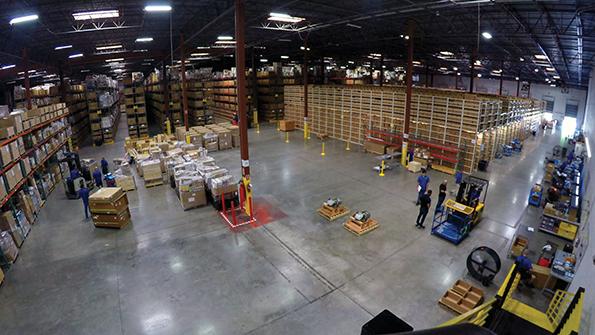
Many airlines and MROs lack the staff to handle large-scale surplus disposition.
Credit: DASI
Inventory support specialists at DASI are emphasizing the importance of creating an efficient spot market for spares and providing access to materials at all tier levels to improve the MRO supply chain. Traditionally, a “spot market” has meant a marketplace where commodities and financial...
Calling For A Spot Market For Aircraft Spares is part of our Aviation Week & Space Technology - Inside MRO and AWIN subscriptions.
Subscribe now to read this content, plus receive full coverage of what's next in technology from the experts trusted by the commercial aircraft MRO community.
Already a subscriber to AWST or an AWIN customer? Log in with your existing email and password.





